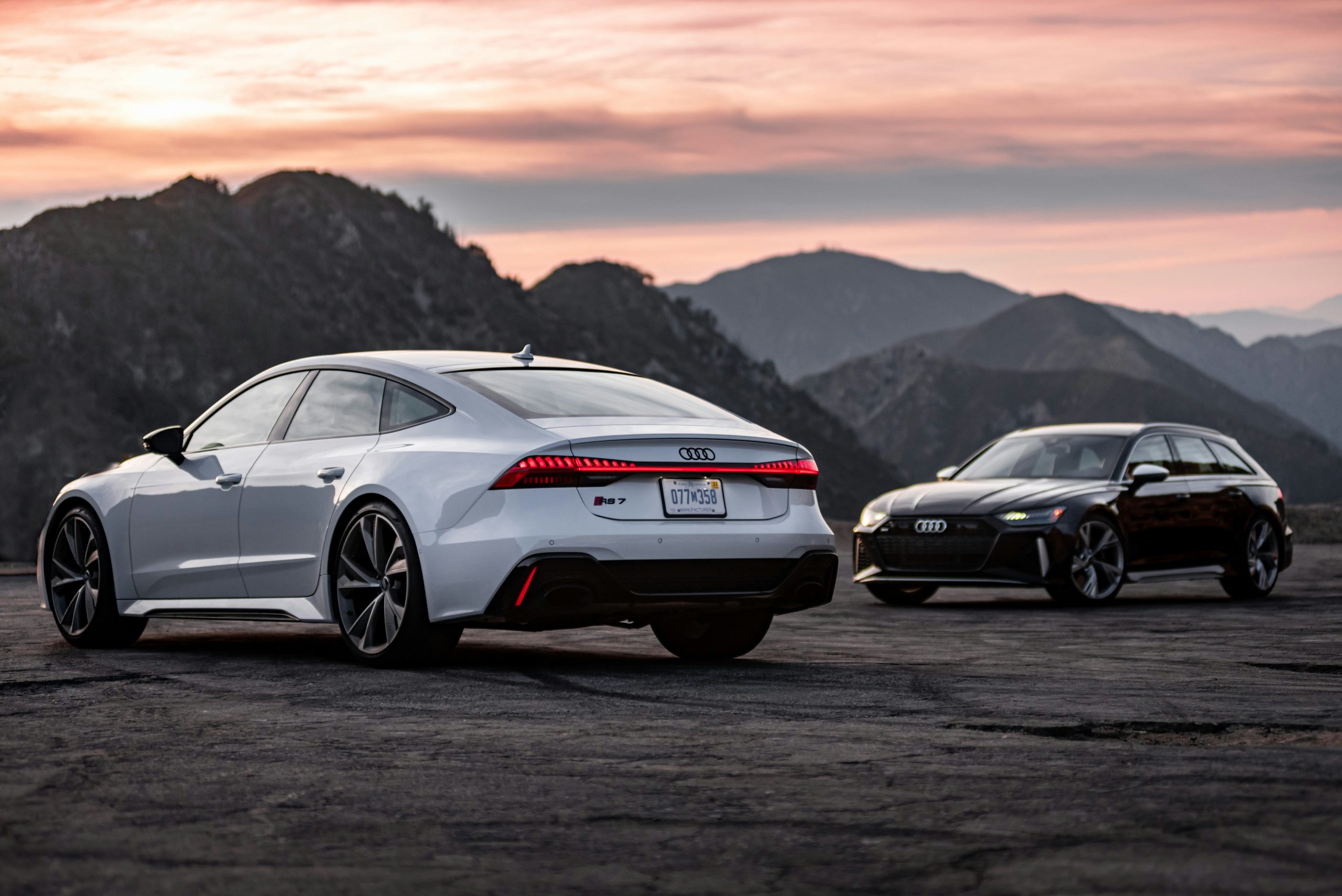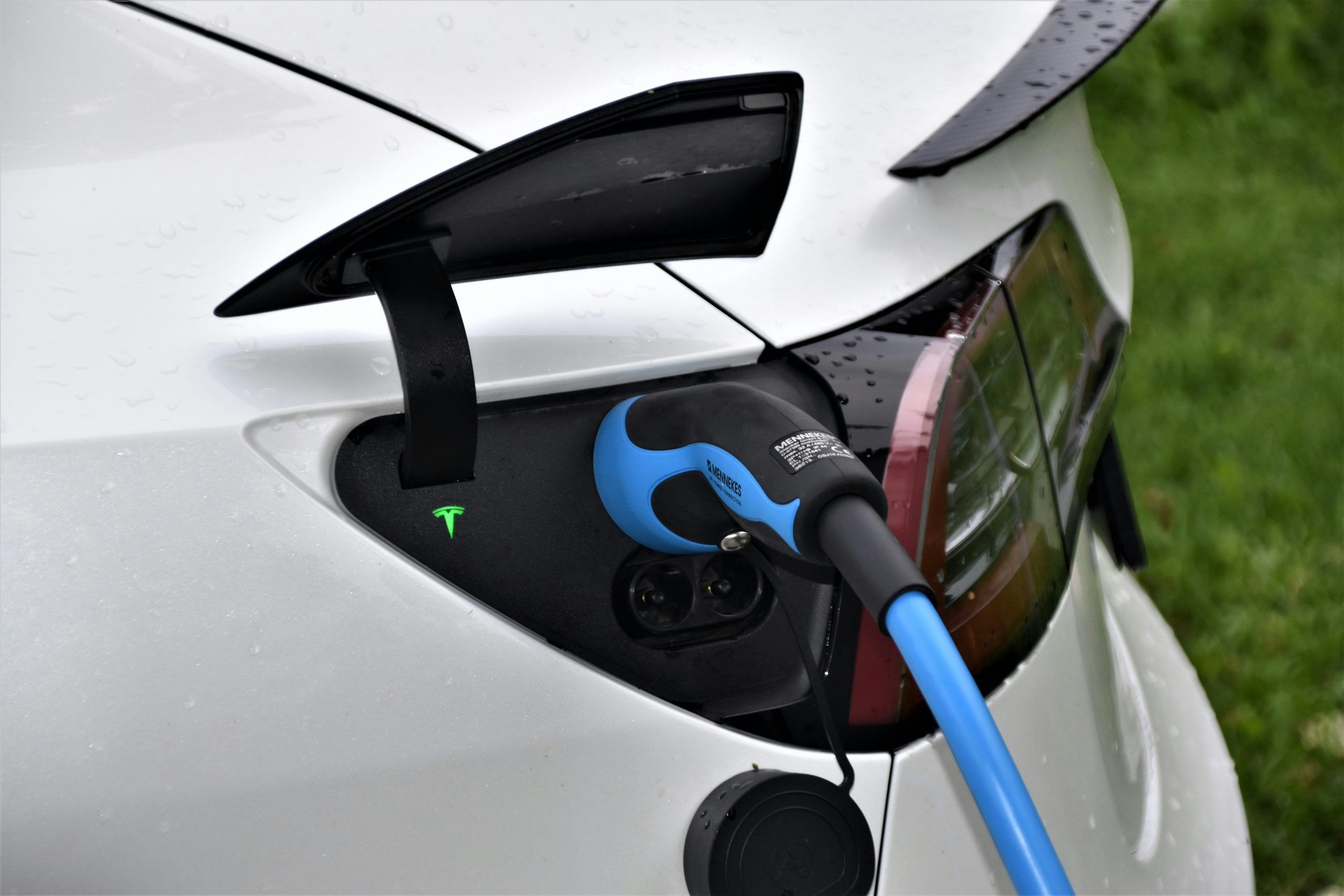This Article Was Generated By AI.
The Century-long Evolution of the Automobile

The automobile has undergone a profound transformation since its earliest days over a century ago. What began as a mechanical curiosity driven by steam, electricity, or primitive combustion engines has now become an essential and intelligent part of modern life.
In the early 20th century, cars were handcrafted, slow, and often unreliable. Innovations like the internal combustion engine, the assembly line, and standardized parts helped turn the automobile from a luxury item into a mass-market product. Vehicles such as the Model T revolutionized accessibility, setting the foundation for car ownership to become a widespread norm.
By the mid-century, cars grew faster, more comfortable, and more stylish. The rise of post-war industry brought about new designs focused on performance, aesthetics, and travel comfort. This era saw the birth of motorways, road trips, and a growing culture centered around the freedom of personal mobility. Safety features, however, were still minimal, with seatbelts and airbags only becoming widespread decades later.
The 1970s and 80s brought growing concerns about fuel efficiency and environmental impact. Oil crises, emissions regulations, and increasing urban congestion forced automakers to rethink engine design and size. Compact cars, catalytic converters, and better fuel economy became central themes, gradually shifting the industry toward more sustainable thinking.
The digital revolution in the late 20th and early 21st centuries changed everything. Cars began to include electronic control systems, infotainment, navigation, and sensors. Automation and connectivity were no longer science fiction, and vehicles evolved from mechanical machines into software-driven ecosystems. Features like anti-lock brakes, parking assistance, and adaptive cruise control became standard.
Today, the automobile is entering a new era defined by electrification, autonomy, and shared mobility. Electric vehicles are becoming mainstream, powered by advances in battery technology and renewable energy integration. Simultaneously, self-driving research and AI-driven systems are reshaping what it means to drive—or not to drive.
From hand-cranked engines to over-the-air software updates, the car has reflected society’s values, ambitions, and anxieties over the decades. Its evolution is not just technical, but cultural—a mirror of how humanity moves, connects, and aspires.










